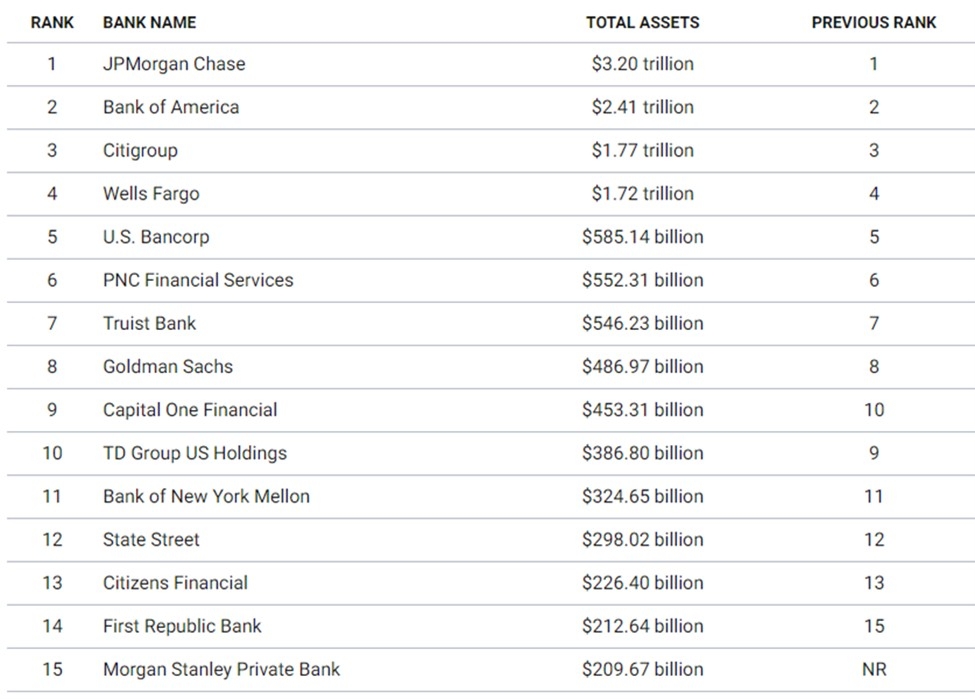What is a Financial Institution?
Financial institutions (FI) are corporations responsible for the supply of money to the market through the transfer of funds from investors to the companies in the form of loans, deposits, and investments.
The most common types of financial institutions include commercial banks, trust companies, investment banks, brokerage firms or investment dealers, insurance companies, and asset management funds. Other types include credit unions and finance firms.
Financial institutions are regulated to control the money supply in the market and protect consumers.
Breaking down financial institution – FI
Financial institutions play a vital role in each country’s financial system and are increasingly important in continuously developing economies. These institutions provide long-term capital requirements for primary industries.
Financial institutions also play a crucial role for most citizens by providing all financial transactions, savings, and investment needs. The government considers supervising and regulating banks and other financial service companies imperative. For the same reason, the potential bankruptcy of financial institutions may cause panic in the economy. Organizations like the US-based Federal Deposit Insurance Corporation (FDIC) control regular deposit accounts to protect individuals and businesses from various risks to their finances on deposit with financial institutions.
The loss of confidence in financial institutions can cause additional negative externalities in the economy.
Types of financial institutions
Almost everybody deals with various financial institutions daily. Whether depositing money, applying for loans, or exchanging currencies, financial institutions are integral to these activities.
Financial institutions can be divided into two types: banking financial institutions and non-banking financial institutions. Banking financial institutions include commercial banks whose primary role is to accept deposits and make loans. Non-banking financial institutions include investment banks, insurance companies, finance firms, leasing companies, etc. Let’s take a closer look at both types of financial institutions.
Banking financial institutions
Banks are the most well-known financial institutions. A financial intermediary acts as a middleman between depositors or suppliers of funds and lenders who use funds. The main tasks of a banking financial institution are to accept deposits and then use those funds to offer loans to its customers, who will utilize them to fund purchases, education, expand business, invest in development, etc.
A bank also acts as a payment agent by offering various payment services, including debit cards, credit cards, cheque facilities, direct deposit facilities, bank drafts, etc. The primary purposes of depositing funds in banks are convenience, interest income, and safety. The number of excess reserves and the ratio of cash reserves held determines a bank’s ability to lend out funds. It is relatively easy for a bank to raise funds as certain accounts, such as demand deposits, pay no interest to the account holder.
A bank invests the money from deposits, sometimes in assets and financial securities, but mostly in loans.
Non-banking financial institutions
Several non-banking financial institutions exist, including investment banks, leasing companies, insurance companies, investment funds, finance firms, etc. These institutions offer a range of financial services.
Investment banks offer services to corporations, including underwriting debt and share issues, securities trading, investment, corporate advisory services, and derivative transactions;
Financial institutions such as insurance companies offer protection against specific losses for which an insurance premium is paid. Pension and mutual funds act as savings institutions where investors can invest their funds in collective investment vehicles and receive interest in return.
Market makers or financial institutions that act as brokers and dealers facilitate the transactions in financial assets such as derivatives, currencies, equity, etc.
Other financial service providers, such as leasing companies, facilitate the purchase of equipment, real estate financing companies make capital available for real estate purchases, and financial advisors and consultants offer advice for a fee.
The main difference between the two types of financial institutions is that banking financial institutions can accept deposits into various savings and demand deposit accounts, which a non-banking financial institution cannot do.
Financial institutions examples
Banking financial institutions
Here are some examples of banking financial institutions. The list of Top 15 US banks according to the total assets:

Non-banking financial institutions
Here is the list of some non-banking financial institutions that are:
Loandepot Inc (LDI)
This company is an online mortgage application provider.
The company was established in 2010 in California.
The total assets of the company are more than 6.6 billion dollars. Stocks are being traded on the NYSE.
PennyMAC
This is a mortgage company from California. The company was founded in 2008 and is now one of the most well-known lenders in the US.
The company’s stocks are listed on the NYSE.
American International Group (AIG)
This is a famous company from New York. The company provides insurance products for institutional and non-institutional clients.
The entire company’s assets exceed 500 billion dollars.
The company pays stable dividends to investors, and its stocks rose by 230% from May 2020 to April 2022.
PayPal Holdings Inc.
A company that provides digital payment solutions, it operates in 150 countries and has accounts in 56 different currencies.
By the way, the company’s founder is Peter Thiel, who created his empire with Elon Musk, the owner of X.com.
The company’s headquarters are in San Jose, and its assets now are more than 78.7 billion dollars.